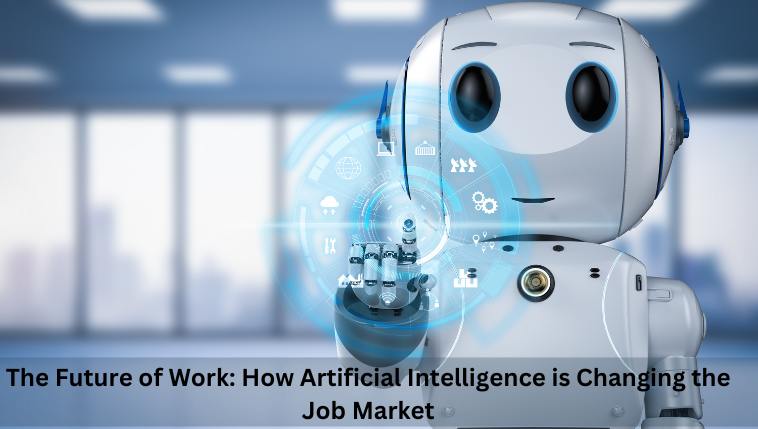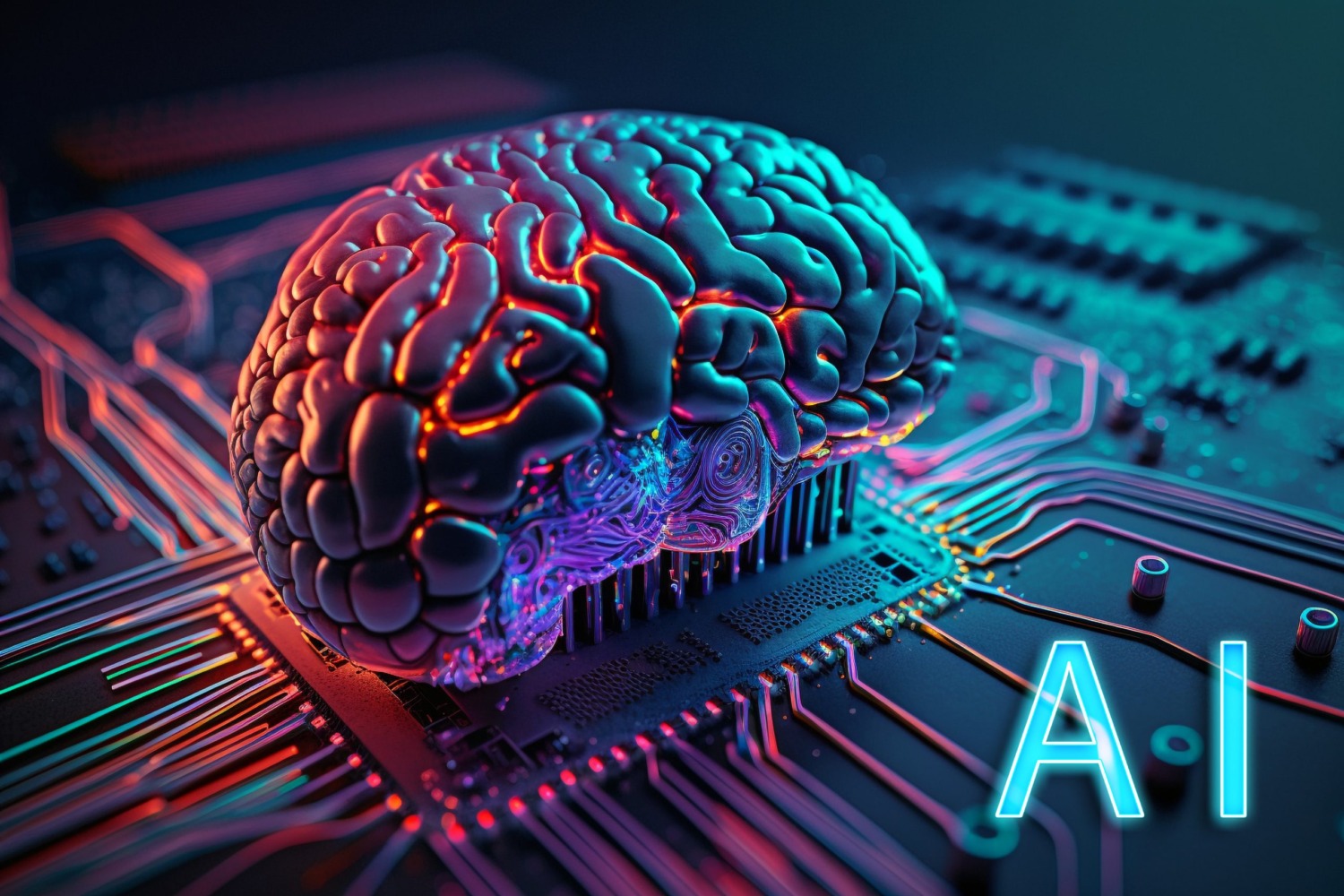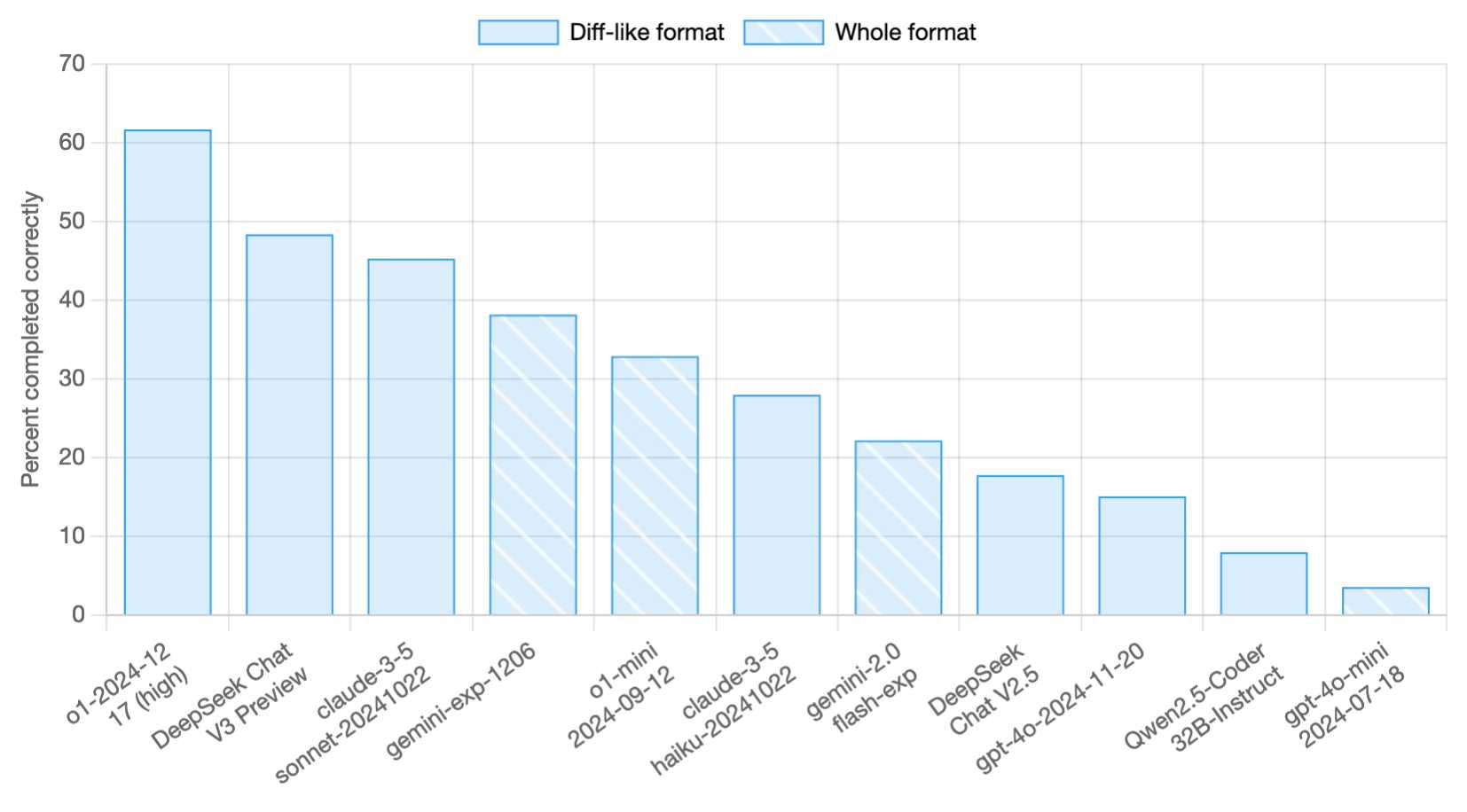
Iga
Overview
-
Sectors IT
-
Posted Jobs 0
-
Viewed 79
Company Description
DeepSeek-R1: Technical Overview of its Architecture And Innovations
DeepSeek-R1 the current AI model from Chinese startup DeepSeek represents an innovative advancement in generative AI innovation. Released in January 2025, it has gained international attention for its innovative architecture, cost-effectiveness, and extraordinary performance throughout multiple domains.
What Makes DeepSeek-R1 Unique?

The increasing need for AI models capable of dealing with intricate thinking jobs, long-context comprehension, and domain-specific versatility has exposed constraints in traditional dense transformer-based designs. These designs frequently experience:

High computational costs due to activating all parameters during reasoning.
Inefficiencies in multi-domain job handling.
Limited scalability for large-scale deployments.
At its core, garagesale.es DeepSeek-R1 distinguishes itself through an effective mix of scalability, effectiveness, and high performance. Its architecture is developed on two foundational pillars: a cutting-edge Mixture of Experts (MoE) framework and an advanced transformer-based style. This hybrid approach allows the design to deal with complex tasks with extraordinary accuracy and speed while maintaining cost-effectiveness and attaining modern outcomes.
Core Architecture of DeepSeek-R1
1. Multi-Head Latent Attention (MLA)
MLA is a crucial architectural innovation in DeepSeek-R1, introduced at first in DeepSeek-V2 and hb9lc.org further improved in R1 created to enhance the attention mechanism, decreasing memory overhead and computational inefficiencies during reasoning. It operates as part of the model’s core architecture, straight impacting how the model processes and produces outputs.
)
Traditional multi-head attention calculates different Key (K), systemcheck-wiki.de Query (Q), and Value (V) matrices for dokuwiki.stream each head, which scales quadratically with input size.
MLA changes this with a low-rank factorization approach. Instead of caching full K and V matrices for each head, MLA compresses them into a hidden vector.
During inference, these latent vectors are decompressed on-the-fly to recreate K and V matrices for each head which considerably decreased KV-cache size to simply 5-13% of traditional approaches.
Additionally, MLA integrated Rotary Position Embeddings (RoPE) into its design by dedicating a part of each Q and K head specifically for positional details preventing redundant knowing throughout heads while maintaining compatibility with position-aware jobs like long-context thinking.
2. Mixture of Experts (MoE): The Backbone of Efficiency
MoE framework permits the model to dynamically trigger just the most pertinent sub-networks (or “experts”) for a given job, guaranteeing efficient resource utilization. The architecture includes 671 billion parameters dispersed throughout these professional networks.
Integrated vibrant gating mechanism that takes action on which experts are triggered based on the input. For any provided inquiry, only 37 billion specifications are activated throughout a single forward pass, substantially lowering computational overhead while maintaining high efficiency.
This sparsity is attained through techniques like Load Balancing Loss, which ensures that all professionals are utilized uniformly gradually to avoid bottlenecks.
This architecture is built on the structure of DeepSeek-V3 (a pre-trained foundation model with robust general-purpose abilities) further fine-tuned to boost thinking abilities and domain flexibility.
3. Transformer-Based Design
In addition to MoE, DeepSeek-R1 incorporates innovative transformer layers for natural language processing. These layers includes optimizations like sparse attention systems and effective tokenization to record contextual relationships in text, enabling exceptional comprehension and response generation.
Combining hybrid attention mechanism to dynamically adjusts attention weight distributions to enhance for both short-context and long-context circumstances.

Global Attention captures relationships throughout the whole input series, ideal for tasks requiring long-context understanding.
Local Attention concentrates on smaller, contextually considerable sectors, such as adjacent words in a sentence, improving effectiveness for language jobs.
To simplify input processing advanced tokenized techniques are integrated:
Soft Token Merging: merges redundant tokens during processing while maintaining important details. This reduces the number of tokens passed through transformer layers, enhancing computational efficiency
Dynamic Token Inflation: counter possible details loss from token merging, the design utilizes a token inflation module that brings back key details at later processing stages.
Multi-Head Latent Attention and Advanced Transformer-Based Design are closely related, as both handle attention mechanisms and transformer architecture. However, they concentrate on different elements of the architecture.
MLA particularly targets the computational effectiveness of the attention system by compressing Key-Query-Value (KQV) matrices into latent spaces, decreasing memory overhead and reasoning latency.
and Advanced Transformer-Based Design concentrates on the total optimization of transformer layers.
Training Methodology of DeepSeek-R1 Model
1. Initial Fine-Tuning (Cold Start Phase)
The procedure begins with fine-tuning the base design (DeepSeek-V3) using a small dataset of thoroughly curated chain-of-thought (CoT) thinking examples. These examples are carefully curated to make sure diversity, clearness, and rational consistency.
By the end of this phase, the model shows enhanced reasoning abilities, setting the phase for more advanced training stages.

2. Reinforcement Learning (RL) Phases
After the initial fine-tuning, DeepSeek-R1 undergoes several Reinforcement Learning (RL) stages to additional refine its thinking abilities and guarantee positioning with human preferences.

Stage 1: Reward Optimization: Outputs are incentivized based upon accuracy, readability, and format by a reward design.
Stage 2: Self-Evolution: Enable the model to autonomously develop innovative thinking habits like self-verification (where it inspects its own outputs for consistency and accuracy), reflection (determining and fixing mistakes in its thinking procedure) and mistake correction (to improve its outputs iteratively ).
Stage 3: Helpfulness and Harmlessness Alignment: Ensure the model’s outputs are valuable, safe, and aligned with human preferences.
3. Rejection Sampling and hb9lc.org Supervised Fine-Tuning (SFT)
After generating a great deal of samples just premium outputs those that are both precise and understandable are chosen through rejection sampling and benefit model. The model is then additional trained on this fine-tuned dataset using supervised fine-tuning, that includes a more comprehensive variety of concerns beyond reasoning-based ones, boosting its efficiency across numerous domains.

Cost-Efficiency: A Game-Changer
DeepSeek-R1‘s training cost was roughly $5.6 million-significantly lower than completing designs trained on costly Nvidia H100 GPUs. Key aspects adding to its cost-efficiency include:
MoE architecture reducing computational requirements.
Use of 2,000 H800 GPUs for training instead of higher-cost alternatives.
DeepSeek-R1 is a testimony to the power of development in AI architecture. By integrating the Mixture of Experts framework with support learning strategies, it provides advanced results at a fraction of the expense of its rivals.
